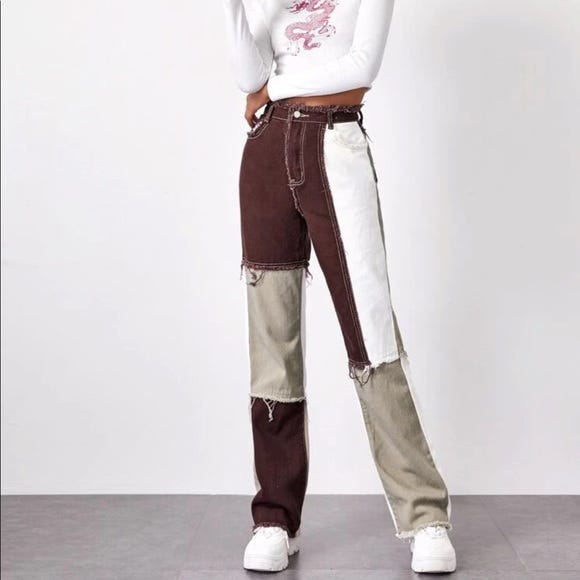I could spend hours and hours scrolling through TikTok. In fact, I do. I frequently waste time watching just some of the thousands of videos that exist on the app. TikTok’s addictive nature is probably one of the reasons it has influenced almost every major industry at this point. It’s safe to say that the fashion industry is one of them. I mean, look at Charli D’amelio- a normal teenage girl turned-TikTok star being invited to sit front row at Prada during Milan Fashion Week in 2020. This was of course, an opportunity offered to her because of her TikTok fame.
Despite providing once-in-a-lifetime opportunities to young girls like Charli, TikTok’s effects on the fashion world have not all been positive. I recently came across a video deeming TikTok influencers as “unpaid spokespeople for the fast fashion industry”, and I think that pretty much sums up the negative effect TikTok has had on fashion. Influencers on the app (inadvertently) encourage micro-trends: fashion trends that quickly rise in popularity and fall even faster.
Everyone has different For You Page’s, but mine is filled with videos about fashion- outfits of the week, outfit ideas, what to buy, the list goes on. TikTok is currently one of the biggest apps for easily-influenced teenagers who are willing to spend their money. Because of this, when people’s favorite influencers post a random TikTok wearing the newest micro trend, its popularity quickly rises.
The cycle goes as follows:
Random pieces of clothing start to rise in popularity. Take for example, the patchwork jeans that were so popular a couple months ago.
Influencers buy and post in these clothes.
More and more people start to buy these clothes (impulsively) from stores like SHEIN and Zaful.
The clothes’ popularity rapidly declines for various reasons- often because they’re filled with patterns or colors that people get sick of quickly.
People don’t know what to do with their purchases! Donate them to Goodwill, throw them away, ???. All we know is that they won’t wear them again. This stage of the cycle usually occurs only months after the trend’s peak in popularity.
Obviously, it doesn’t seem like a big problem in the moment, when you’re buying the clothes your favorite influencer just posted in. The issue with micro-trends is their impact on fast fashion. There are so many of these trends that come and go every couple of months, so it becomes expensive to keep up with all of them. This leads people to buy from cheap stores like SHEIN and Zaful, which are some of the worst places to shop at when it comes to sustainability and working conditions. Think about it- these stores are some of the few that constantly keep up with the newest trends, overworking their already unpaid workers. It’s not like the clothes will be worn for a very long time either. As previously mentioned, micro trends’ popularity falls even more quickly than it rises. So many new trends popping up every month leads to overconsumption, making this pattern extremely unsustainable. Sure, it’s cool to be trendy, but people contribute to the fast fashion problem by buying these clothes without gaining any long-term benefit for themselves.
Now, back to TikTok. I get that it’s part of fashion influencers’ jobs to keep up with trends. But instead of promoting micro trends, they could (and should) definitely use their platforms to promote more sustainable pieces. A lot of fashion influencers also tend to perpetuate micro trends by calling pieces of clothing ugly or “cheugy” after a couple weeks of people buying them. Of course, this influences viewers to stop wearing the trend that they just spent money buying.
I’m not saying that you should never participate in trends. I’m also not saying that I’ve never impulsively bought something and then stopped wearing it after a couple of weeks. But as I’ve learned more about the effects TikTok (and social media in general) have on fast fashion, I have realized that the best thing that we can do to not contribute to the problem of micro trends is to think rationally. The next time you see a video of an influencer wearing something that you think is super cute in the moment, think to yourself: “Would I wear this in 6 months? 2 months, even? Do I even like it?”. Pieces that you feel you will wear often are the ones you should buy. Staying away from micro trends will also allow you to grow your own personal style, as you’ll start buying clothes that YOU want to wear, not just clothes that TikTok stars tell you to. Remember- avoiding micro trends is essentially avoiding fast fashion, which is what I always encourage people to try doing.





